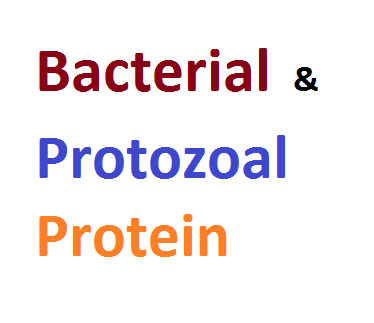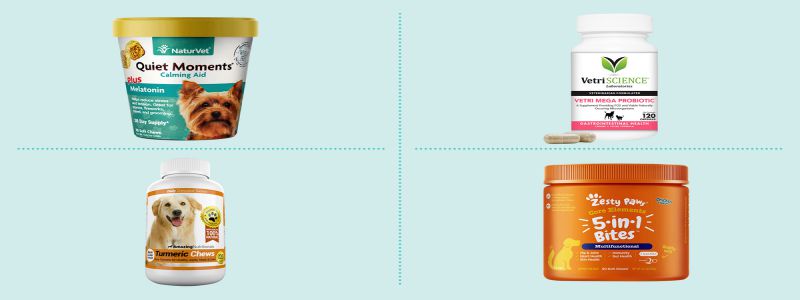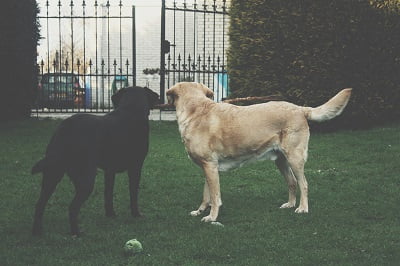What is Heat Stress?

Nutritional Manipulation to Control Heat Stress in Poultry
Acute heat stress occurs in minutes and hours due to this Beta oxidation occurs in the mitochondria within 6 hours, and after it, mitochondrial membrane potential increases due to Production of reactive oxygen species which change the DNA and lower the feed efficiency. Chronic Heat stress increases the mitochondrial membrane potential. Increasing heat stress causes proteolysis FOX 3 and atrogen are induced by reactive oxygen species production.
Methods of Heat Loss in Poultry:
- Convection
- Evaporation
- Panting
- In panting water lost by the body occurs
- The body uses ATP
- metabolism of body fast that creates extra heat in the shape of bird which also increases stress on the bird
SIGNS OF HEAT STRESS :
- Wingspread
- Lethargy
- Panting
- Dullness
- Skin roughens
- Reduction in egg production
- Egg size decreases
- Eggshell quality disturb
- Less feed intake
- More water consumption
- Disturbance in metabolism
- Chances of ascites increases
- Fertility less in breeders
- Indigestibility of feed occurs
- Nutrient deficiency occurs
PREVENTION OF HEAT STRESS:
- Proper ventilation decreases the chances of heat stress
- Provide birds with plenty of water
- Restrict the bird from sunlight.
- Leave the bird alone in a very hot part of the day.
- Always offer feed to birds in a cool part of the day.
- To control heat stress offer electrolytes to birds.
Nutritional Manipulation in control of heat stress in poultry
1- CoQ10
It is a coenzyme Q10 that acts as an antioxidant. it does not control the proteolysis in muscle but controls the oxidation changes in muscle.
2- Olive Oil:
Increase the available UCPs which are mitochondrial inner membrane proteins and control the heat stress.
3- Vitamin E:
Vitamin E acts as an antioxidant that controls the oxidation changes in muscle but does not control the proteolysis in muscle.
4- Glutamine:
Glutamine plays a role in developing humoral immunity by decreasing IgM, IgY, and IgA.
.






